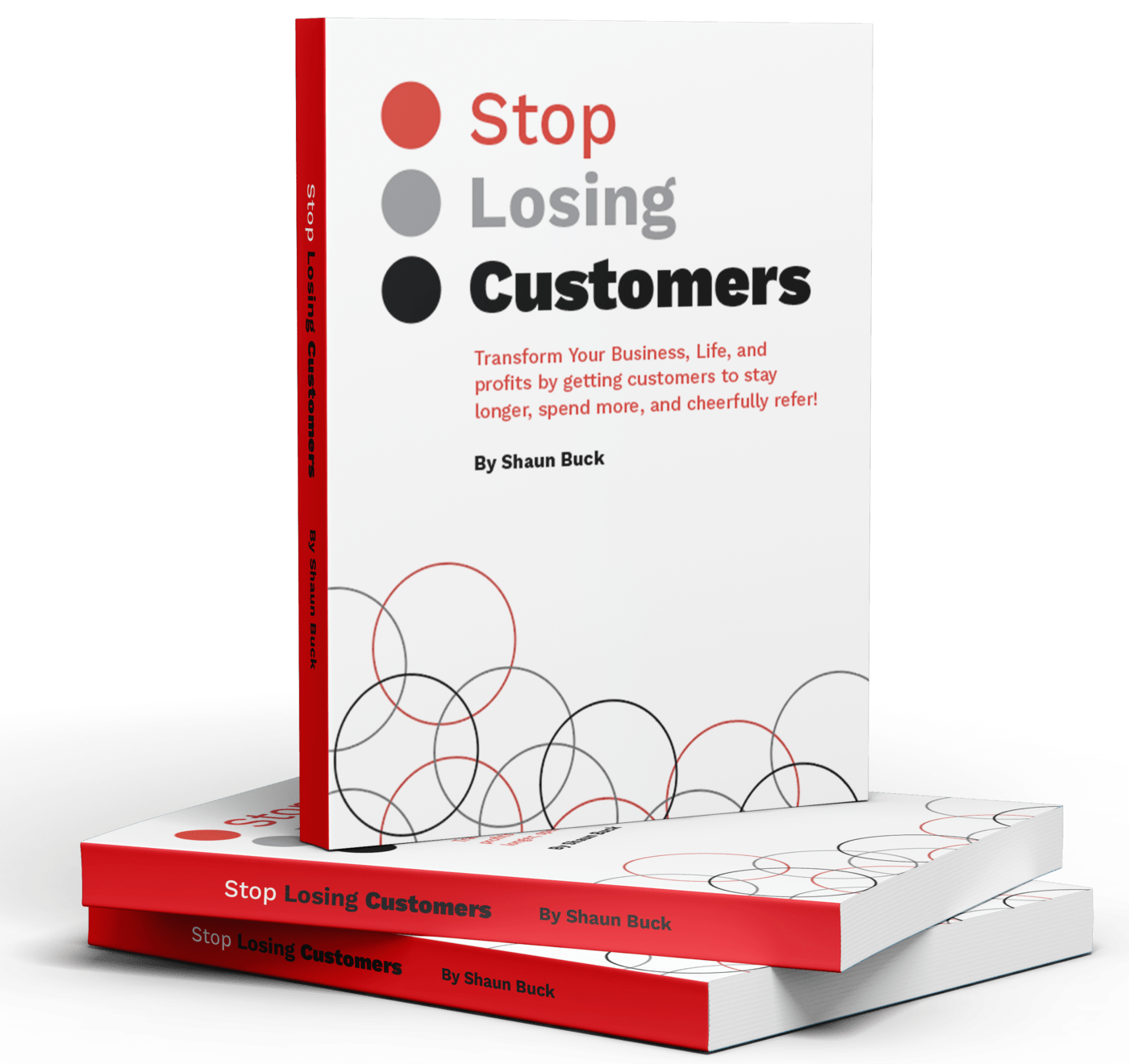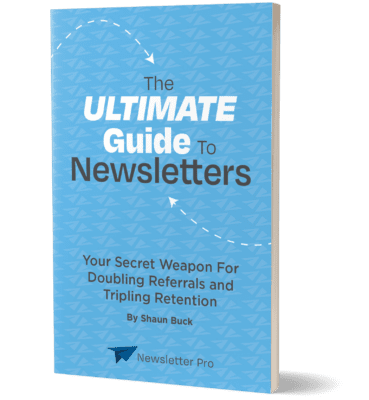Finding the right balance involves more than simply picking a schedule; it requires a strategic approach that considers your audience’s preferences, the nature of your content, and your business goals. Each frequency has its own set of advantages and challenges, and what works for one company might not be suitable for another. In this article, we’ll delve deeper into why email newsletter frequency matters and explore the pros and cons of daily, weekly, and monthly sends to help you make an informed decision.
Why Email Newsletter Frequency Matters
The timing of your email newsletters is just as important as the content you include. It’s a delicate dance between staying relevant and being intrusive. Sending emails too often can overwhelm your subscribers and lead to higher unsubscribe rates, which can damage your brand’s reputation and reduce your reach. On the other hand, if you don’t send them often enough, your audience might forget about you, leading to missed opportunities for engagement and decreased brand recall.
Finding the right balance is crucial. By understanding your audience’s preferences and behaviors, you can tailor your email frequency to maximize engagement and minimize churn. Let’s explore the advantages and disadvantages of daily, weekly, and monthly email newsletters to help you decide which frequency aligns best with your objectives and audience preferences. Recognizing that each approach has its own set of outcomes will enable you to strategically plan your content and delivery.

Daily Newsletters: Pros and Cons
Pros of Daily Newsletters
Sending daily newsletters can be beneficial if your content is time-sensitive or rapidly changing. For example, news outlets, stock market analysts, or daily deal websites often opt for daily emails to keep their audience updated. This frequency allows these organizations to provide timely, relevant information that matches their audience’s expectations.
- Increased Engagement: By sending emails daily, you keep your brand top-of-mind for your subscribers. This frequent contact can enhance brand recognition and loyalty, as subscribers become accustomed to seeing your updates regularly. Daily newsletters can drive habitual interactions, making your content a staple in your audience’s daily routine.
- Timely Information: If your content involves daily updates or news, a daily newsletter ensures your audience receives information promptly. This immediacy can be crucial for sectors like finance, health, and news, where information is constantly evolving.
- Higher Click-Through Rates: With more frequent emails, you provide more opportunities for your audience to engage with your content. This can result in higher click-through rates as subscribers have multiple chances to interact with various offerings or news stories.
Cons of Daily Newsletters
- Subscriber Fatigue: Receiving emails every day can overwhelm subscribers, leading to higher unsubscribe rates. It’s essential to balance frequency with content value to avoid overwhelming your audience. When emails become too frequent, they may be perceived as spammy, driving users to disengage.
- Content Pressure: Creating fresh and valuable content daily can be challenging and time-consuming. The pressure to constantly produce high-quality material can strain resources and potentially lead to burnout within your team.
- Potential for Lower Open Rates: With daily emails, there’s a risk of your audience becoming desensitized to your messages, leading to lower open rates. If content becomes repetitive or lacks value, subscribers may begin to ignore your emails altogether.
Weekly Newsletters: Pros and Cons
Pros of Weekly Newsletters
Weekly newsletters strike a balance between staying connected with your audience and avoiding overwhelming them. This frequency is popular among businesses that have consistent but not daily updates. It allows for a steady flow of communication without the intensity of a daily schedule.
- Consistent Engagement: Sending emails weekly helps maintain regular contact without being too intrusive. This consistent cadence keeps your audience engaged and attentive to your updates, fostering a reliable connection.
- Manageable Content Creation: Preparing content on a weekly basis allows for higher-quality material without the daily pressure. Teams can focus on crafting thoughtful, well-researched content that provides genuine value to subscribers.
- Improved Open Rates: With less frequent emails, subscribers are more likely to open them, anticipating valuable content. This anticipation can enhance the perceived value of each newsletter, encouraging more interaction and engagement.
Cons of Weekly Newsletters
- Risk of Being Overlooked: Weekly emails may not be timely enough for certain types of content, such as breaking news or time-sensitive promotions. In such cases, important updates may reach subscribers too late to be relevant.
- Less Frequent Brand Recall: Compared to daily emails, weekly newsletters might lead to reduced brand recall as your audience interacts with your content less frequently. This could impact how often your brand is top-of-mind when subscribers make purchasing decisions.
Monthly Newsletters: Pros and Cons
Pros of Monthly Newsletters
Monthly newsletters can be an excellent choice for brands with less frequent updates or for audiences who prefer a less cluttered inbox. This approach is ideal for businesses that focus on in-depth content or comprehensive summaries.
- Reduced Overwhelm: Receiving emails once a month is less likely to overwhelm subscribers, fostering a positive relationship with your brand. This infrequent schedule respects your audience’s time and attention.
- Focus on Quality: With more time between emails, you can focus on producing high-quality content that offers real value to your audience. This allows for thorough research and thoughtful insights, which can enhance your brand’s credibility and authority.
- Increased Anticipation: Subscribers may look forward to receiving your monthly newsletter, especially if it contains exclusive insights or offers. Building anticipation can create a sense of excitement and exclusivity around your communications.
Cons of Monthly Newsletters
- Reduced Engagement Opportunities: With fewer emails, you have fewer touchpoints with your audience, which might decrease overall engagement. Less frequent communication may lead to missed interactions and reduced relationship-building opportunities.
- Risk of Being Forgotten: If your audience doesn’t hear from you often, they might forget about your brand, leading to decreased brand loyalty. Consistent engagement is key to maintaining a strong presence in your subscribers’ minds.
- Missed Timely Opportunities: Monthly newsletters might not be suitable for content that requires immediate attention or time-sensitive promotions. Important announcements or events could be missed by the time your newsletter is sent.

Factors to Consider When Choosing Frequency
When deciding on the best frequency for your email newsletters, consider the following factors to ensure alignment with your audience’s needs and your business objectives:
- Audience Preferences: Understand your audience’s preferences through surveys or feedback. Do they enjoy frequent updates, or do they prefer less frequent communication? Tailoring your frequency to their preferences can enhance satisfaction and engagement.
- Content Type: Assess the nature of your content. Is it time-sensitive, or can it be aggregated over a longer period? Understanding the urgency and relevance of your content will guide your frequency choice.
- Resources and Capabilities: Evaluate your team’s ability to produce quality content at the chosen frequency. Ensure you have the resources to maintain consistency and value. Overcommitting can lead to burnout and reduced content quality.
- Industry Standards: Research industry benchmarks and competitors to understand what frequency is typical and effective in your sector. Aligning with industry norms can help manage audience expectations.
Best Practices for Timing Your Newsletters
Regardless of the frequency you choose, timing also plays a crucial role in the success of your email newsletters. The right timing can significantly impact open rates and engagement levels.
- Optimal Send Times: Research suggests that certain days and times tend to have higher open rates. Experiment with sending emails on different days and times to identify what works best for your audience. Adjusting your schedule based on data can enhance effectiveness.
- A/B Testing: Use A/B testing to compare different send times and frequencies to see which yields the best results in terms of open rates and engagement. Testing allows for data-driven decisions that optimize performance.
- Monitor and Adjust: Continuously monitor the performance of your newsletters and be prepared to adjust your strategy based on data and feedback. Staying flexible and responsive to your audience’s needs will ensure ongoing success.
Conclusion
Choosing the best frequency for your email newsletters involves understanding your audience, evaluating your content, and aligning with your brand’s goals. Whether you opt for daily, weekly, or monthly newsletters, remember that consistency and quality should always be at the forefront. By maintaining a steady schedule and focusing on delivering value, you can build a strong connection with your audience.
By finding the right balance, you can optimize your newsletter strategy, improve engagement, and ultimately achieve your communication objectives. Keep experimenting and refining your approach to ensure your emails remain a valuable and welcomed presence in your subscribers’ inboxes. Embracing flexibility and adaptability will allow you to navigate the ever-changing landscape of digital communication effectively.
Contact Newsletter Pro for Quality Newsletters
Ready to elevate your email marketing strategy? Contact Newsletter Pro today to create high-quality newsletters that resonate with your audience. Our team of experts is dedicated to helping you find the perfect frequency and content strategy tailored to your business goals. Don’t miss out on the opportunity to engage your subscribers effectively—reach out now and start your journey towards impactful email communication!






